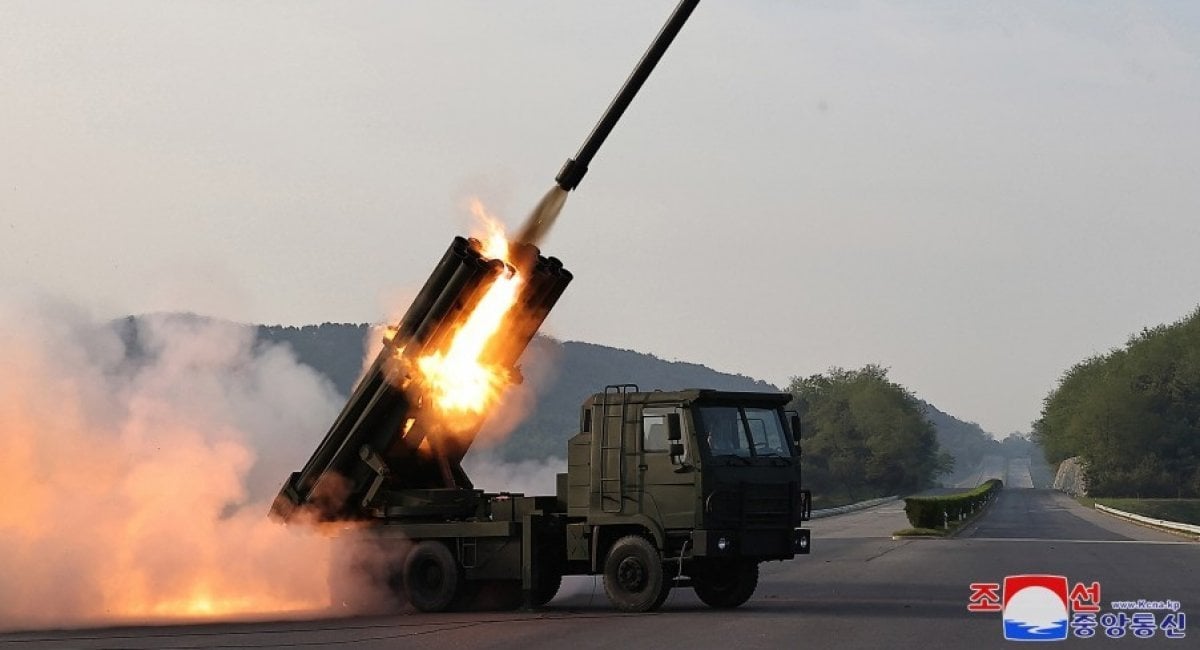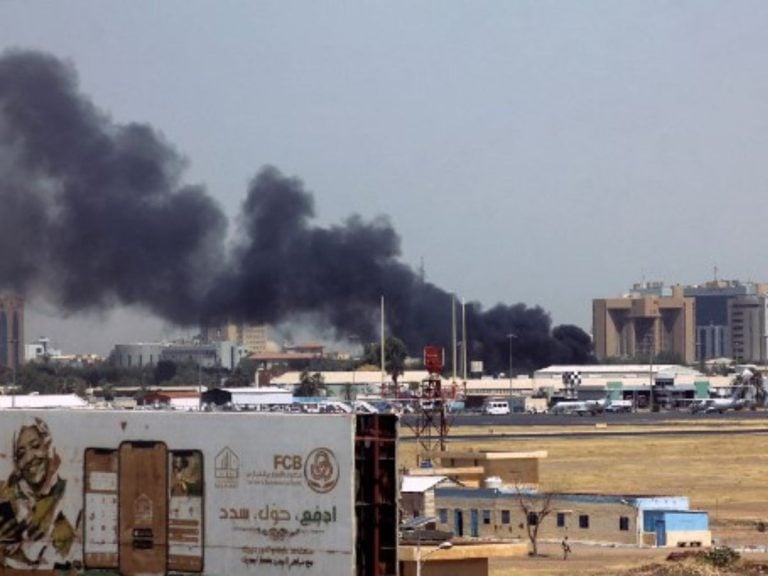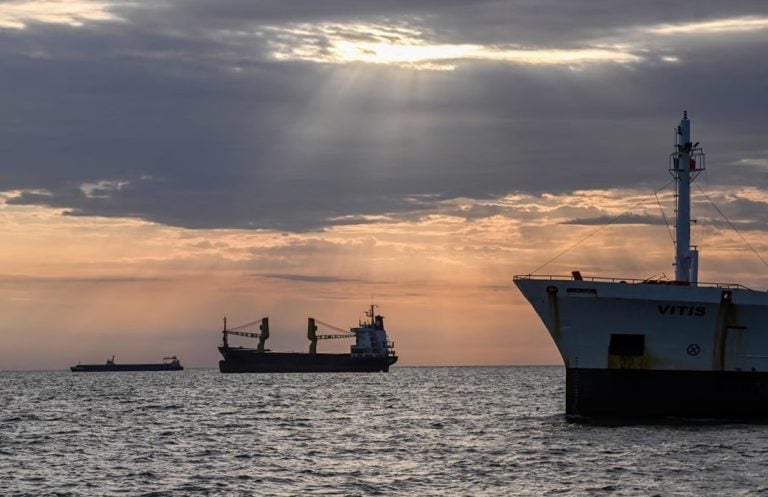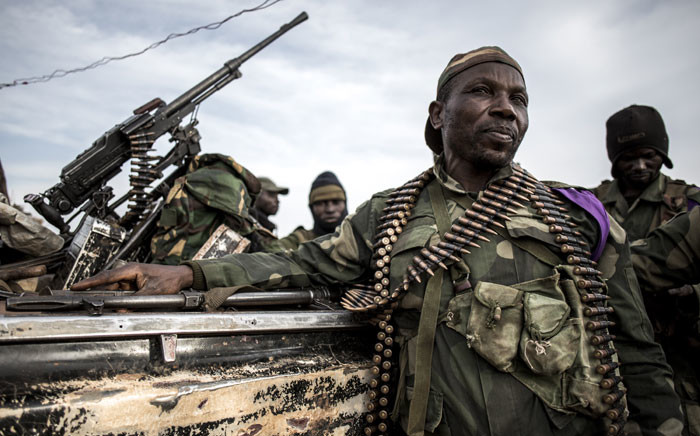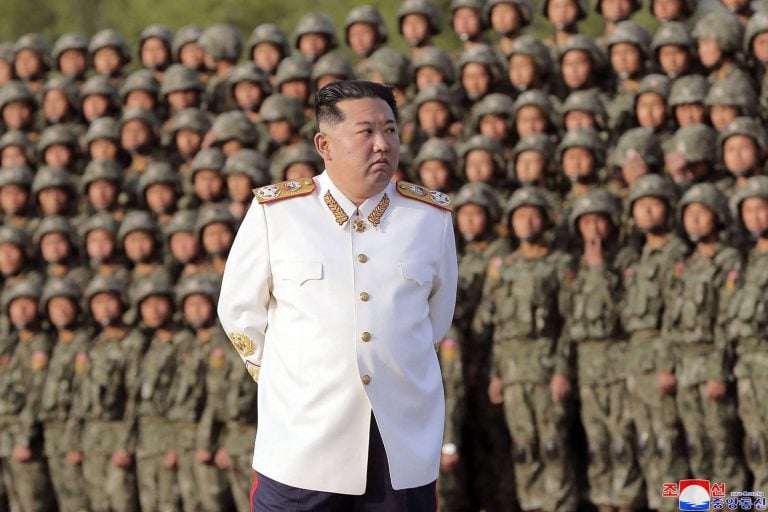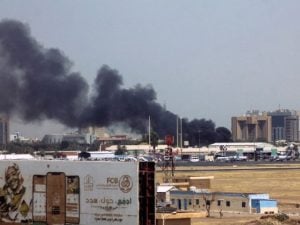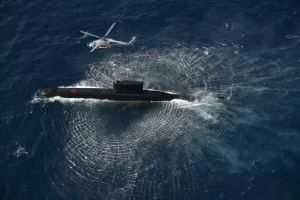Ukraine has released what is believed to be the first-ever footage of a North Korean M1991 Multiple Launch Rocket System (MLRS) operating within Russian territory. The video, shared by Ukrainian journalist Yuriy Butusov on his Telegram channel, captures Russian troops seemingly retrofitting anti-drone measures on the North Korean rocket launcher stationed inside a hangar.
The M1991 MLRS, akin to Russia’s own BM-27 Uragan self-propelled 240mm rocket launcher, boasts a formidable array of 22 barrels that can launch unguided rockets, each weighing approximately 90 kilograms. This system is capable of striking targets located up to 40 miles (65 kilometers) away, marking a significant escalation in weaponry available to Russian forces.
There have been ongoing reports regarding the transfer of multiple MLRS units from North Korea to Russia, with sightings of the equipment disguised as civilian vehicles in Kursk, a city in western Russia, earlier this year.
As of now, neither Ukraine’s Armed Forces nor the Russian military has issued official statements regarding the authenticity or implications of the reported video.
The evolving partnership between Russia and North Korea is underscored by a defense pact established in June, which mandates military support “without delay” in case of attacks, and addresses mutual opposition to Western sanctions that target their defense capabilities. This collaboration encompasses not only advanced weapons systems, such as missiles and artillery equipment, but also a notable deployment of North Korean personnel, with estimates suggesting that around 14,000 troops have been sent to assist Russian forces in the ongoing conflict in Ukraine. Reports indicate that roughly 1,100 North Korean soldiers have suffered casualties, both killed and wounded, in action.
In reciprocation, Russia has committed to co-developing drones with North Korea, leading to an expansion of its own aerial capabilities. This collaboration is anticipated to enhance Russia’s fleet of reconnaissance and suicide drones, significantly bolstering their operational effectiveness in the region.
